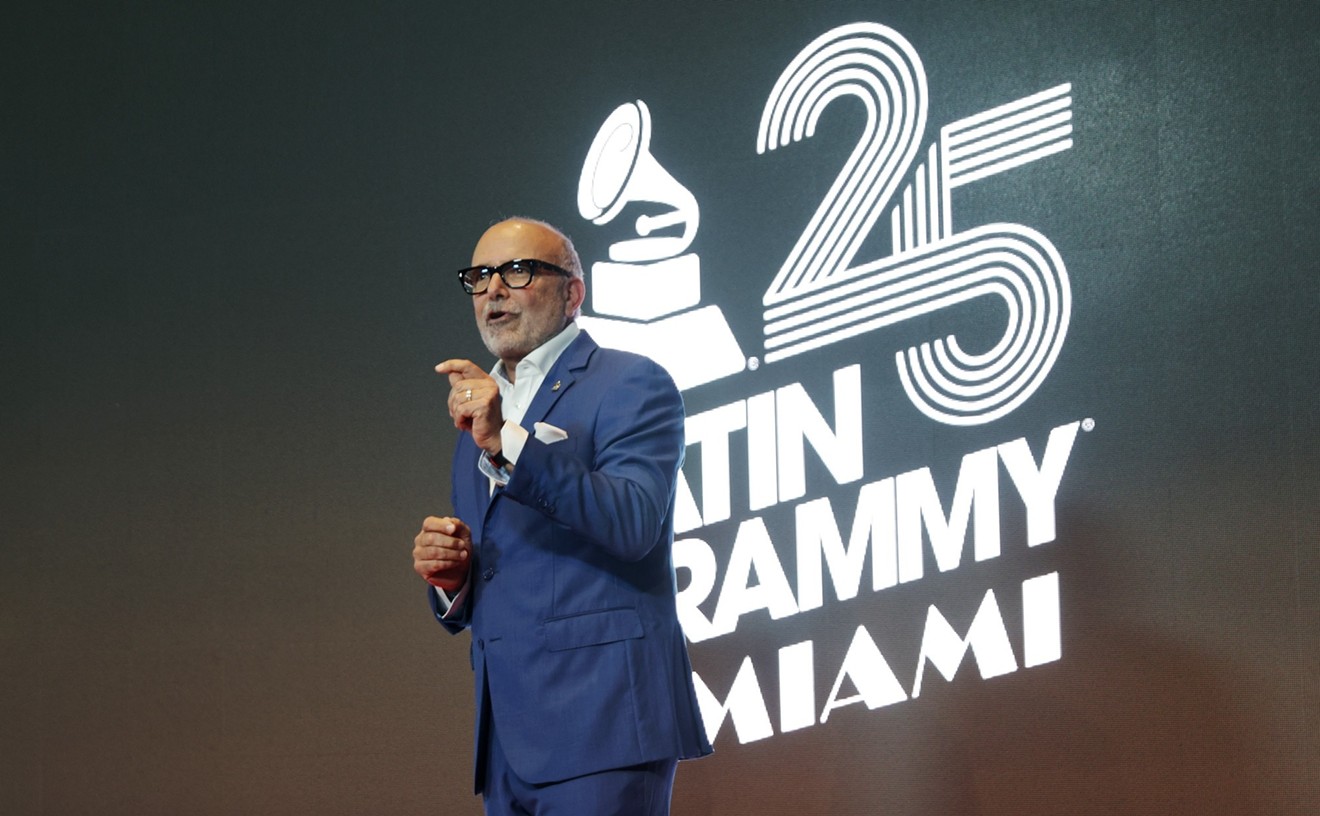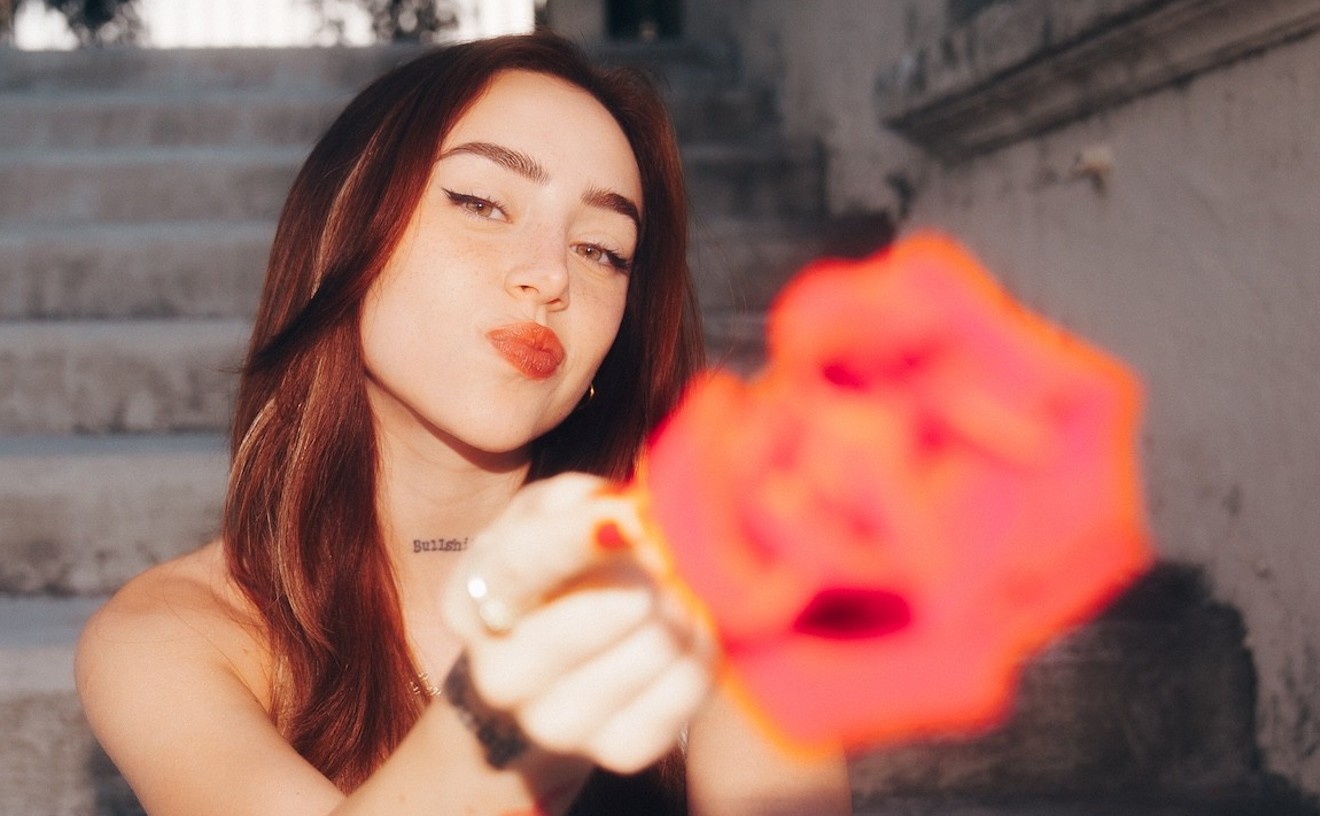Music vet and New Times scribe Lee Zimmerman shares stories of memorable rock 'n' roll encounters that took place in our local environs. This week: The Flick Coffeehouse and other old haunts I can't remember quite so well.
I took an impromptu trip to a combination bar and
restaurant called Titanic, located adjacent to the University of Miami
campus, just across the street from Mark Light Stadium. Albert Castiglia
was performing with his trio, which for me was reason enough to make a
special trip. When I attended UM in the
early '70s, the place wasn't called Titanic, but rather, it was known
as the Flick (there is an extensive online forum here).
Aside from the fact that Castiglia's a dynamic performer, given to all kinds of pyrotechnics and amusing stage antics (I've seen him actually walk off the stage while still playing, then amble outside and stroll down the sidewalk, his guitar still raging through the speakers), he's an exceptional musician. This may verge on hyperbole, but I'll say it anyway -- when Castiglia and company ripped into a couple of Jimi Hendrix covers, he sounded every bit as adroit the man himself, no small accomplishment when you're setting up such a formidable standard.
Back in its prior incarnation, the venue's stage wasn't located at the front of the house and near the entrance like it is now but positioned near the rear. Instead of being a watering hole catering to an older clientele, it was a folkie coffeehouse that drew the nearby college population. It also featured some impressive names, including local luminaries like a then-fledgling Jimmy Buffett, folk singers Vince Martin and Fred Neil, and a risqué comedian aptly named Uncle Dirty, all of who claimed an inkling of national notoriety but were better-known as regulars around Coconut Grove.
David Crosby had ties to the local scene as well, due to the fact that he used to anchor his sailboat in the Grove -- and on one particularly auspicious occasion, actually happened across a then-unknown Joni Mitchell who was playing at an inconspicuous local nightspot (more on that here). One night, Crosby himself showed up at the Flick and, of course, drew a huge crowd, making it literally impossible to get in.
Strangely enough, there were a number of shows I saw in obscure and out-of-the-way places that came and went so quickly that I remember them more for the shows I saw rather than the names of the locations themselves. So if anyone reading this column can refresh my memory about the sites that match the sounds, I'd be much obliged. For example, I caught Poco in the Dadeland Towers near the mega Kendall shopping center of the same name. I believe it was a corporate function, but I can't be sure. The great British singer/songwriterJoan Armatrading (who has a terrific live CD/DVD, Live at the Royal Albert Hall, out now, by the way) played a private record-company gig at a studio in Fort Lauderdale, a searing set performed for an intimate audience. Likewise, I remember seeing Ian Hunter, the former frontman for the great British band Mott the Hoople and now a superb solo star in his own right, playing at a beachside dive in Fort Lauderdale with David Bowie's former foil and Hunter's later partner in Mott, late guitarist Mick Ronson.
Follow County Grind on Facebook and Twitter: @CountyGrind.










